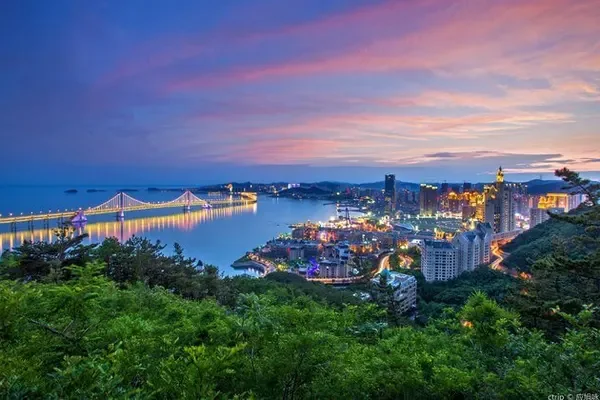
When it comes to Kunlun Mountain, we think of the vast Gobi, long yellow sand, ultra-high altitude, and restricted life zone, but how many people know that this is also the source of three Asian super rivers, the Yangtze River, the Yellow River, and the Lancang River? Sound contradictory? But it really is what it is.


Sanjiangyuan is the first national park in my country and the largest national park in the world. It is located in the hinterland of the Qinghai-Tibet Plateau. It is the birthplace of the three major rivers, the Yangtze River, the Yellow River and the Lancang River. It is known as the "Chinese Water Tower" and "Asian Water Tower". its reputation. Moreover, the geographical wonder of the three great rivers originating from the same region is unique in the world.


The total area of Sanjiangyuan National Park is 123,100 square kilometers, which is larger than the area under the jurisdiction of many provinces. It involves the four counties of Zhiduo, Qumalai, Maduo, Zaduo and Hoh Xil Nature Reserve. There is the famous Kunlun Mountain in the area. Mountains, Bayan Har Mountains, Tanggula Mountains and other mountain ranges, river valleys, continuous snow-capped mountains, and towering glaciers.


The average altitude of this area is above 4,500 meters, and there are many restricted areas for life exceeding 5,000 meters. The snowfield is vast, and there are many rivers, swamps, and lakes. There are as many as 167 lakes with an area larger than 1 square kilometer, and these lakes are basically It was formed by the melting of ice and snow from glaciers and snow-capped mountains, and then slowly formed countless small rivers, and finally flowed into the three major rivers of the Yangtze River, Yellow River and Lancang River.


Although it is called Sanjiangyuan, the sources of the three rivers are actually different. In contrast, the source of the Yangtze River is famous for its beautiful alpine glaciers, while the source of the Yellow River has a large number of lakes scattered all over the place, presenting a "thousand lakes" competition. The source of the Lancang River is famous for its canyons. The two sides of the river are not only beautiful, but also a paradise for the spirits of the plateau.


The source of the Three Rivers is very large. During our "Source of the Three Rivers, Mysterious Kunlun" tour, we actually only reached the periphery of the source of the Yangtze River, which is the intersection of the Hoh Xil National Nature Reserve and the Sanjiangyuan National Nature Reserve. zone.


It is understood that there are actually several areas at the source of the Yangtze River, which are mainly Chumar River, Tuotuo River, Tongtian River, and Quma River. The place we arrived is called Quma River, which belongs to the Sanjiangyuan National Nature Reserve and The Hoh Xil National Nature Reserve is 4,700 meters above sea level. Most people will suffer from altitude sickness when they come here, so avoid strenuous exercise such as running and jumping.


When we lifted up the drone and looked down at this area from the air, although the vegetation was sparse and the drought was less rainy, we could still see the rivers criss-crossing, although we didn’t know if the rivers we saw were the Quma River written on the sign , but at least one of its tributaries will eventually flow into the Yangtze River. Speaking of which, it can be regarded as drinking from the same river as our downstream cities such as Shanghai, Nanjing, Han and Chongqing.


It is said that when we drink water, we think of the source. As children of the Yangtze River Basin, when we come to this ecologically sensitive and fragile land and see the high-altitude, semi-desert primitive alpine grassland wetland, we will inevitably have mixed feelings in our hearts. Maybe it is far less livable than the lower reaches of the Yangtze River. Rich, but very mysterious and sacred!
